Scoliosis is not a disease but a term used to describe an abnormal, sideways curvature of the spine. The spine forms like an ‘S’ or a ‘C’ rather than a straight line.
Cause of Scoliosis Largely Unknown
In 80% of cases, the cause is unknown and hence the term idiopathic. Idiopathic scoliosis can happen to anyone, depending on the age of presentation. The remaining 20% can present in the form of congenital (inborn), neuromuscular, or associated with Marfan’s syndrome (a hereditary disorder of connective tissue, characterised by abnormally long and thin fingers).
Affects Some More than Others
Studies show that the prevalence of scoliosis was 3-4 times higher in girls compared to boys. This could be because girls reach adolescence much earlier than boys. Prevalence of scoliosis was also lower in children aged 6 to 7 and 9 to 10 years, but increased rapidly to 1.37% and 2.22% for girls at 11 to 12 and 13 to 14 year of age respectively.
How to Know if your Child is Affected
- The scoliosis curve in the spine is first diagnosed in school health exams or during a regular check-up with a paediatrician.
- In school, students may be given the Adam’s Forward Bend Test.
- Doctors use a medical and family history, physical exam, and tests when checking a person for scoliosis.
- X-ray or other screening tests such as magnetic resonance imaging (MRI) for neurologic pain and numbness.
Scoliosis can be Treated!
Treatment for scoliosis in children usually involves observation for small degree curves, wearing back braces, or undergoing scoliosis surgery.
Wearing a back brace helps to prevent the curve from progressing but it does not straighten the spine. Scoliosis surgery, on the other hand, can do just that, but it does involve some risks:
- Neurological Injury: Risk of spinal cord injury but the risk can be reduced with the use of a spinal cord monitoring system.
- Bleeding/blood loss and transfusion: Managed through the use of hypotensive anaesthesia, special operating table and medicines to reduce blood loss.
- Infection: Occurs in the wound closure during the recovery stage. It is prevented using antibiotics before the operation and vancomycin powder at the post-operation.
After surgery, patients feel more confident. About 3-6 weeks after surgery, a child can already return to school and, fully participate in any sport after 3-6 months.
Some lifestyle changes are required such as eating a diet high in protein, fibre, vitamins and minerals. It will help to enhance the rebuilding of muscle strength and tissue, as well as ensure healthy growth and development.
Tips & Advice for Parents
Early detection will help you learn and understand a lot more about the condition. A simple test like an Adam’s Forward Bending Test will detect an abnormal hump on the back. Once detected, treatment can start early and may negate the need for surgery. Seek professional advice from the right specialist (e.g. orthopaedic surgeon). Your child deserves to achieve his/her fullest potential and live life without scoliosis to hold them back.


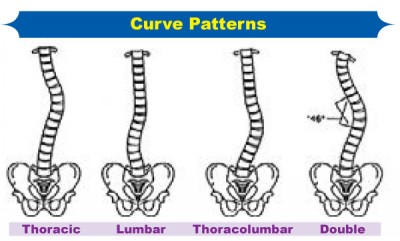
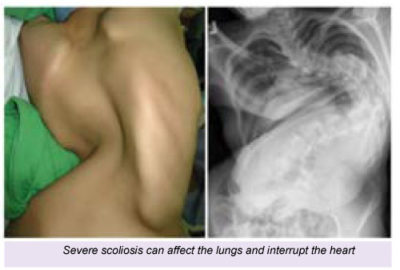


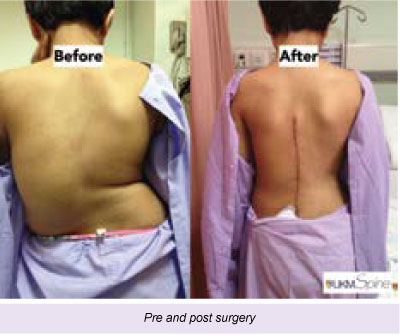
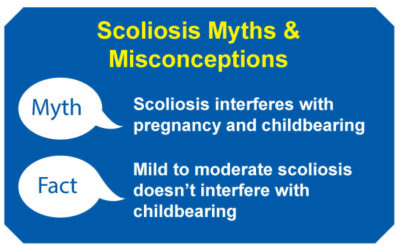



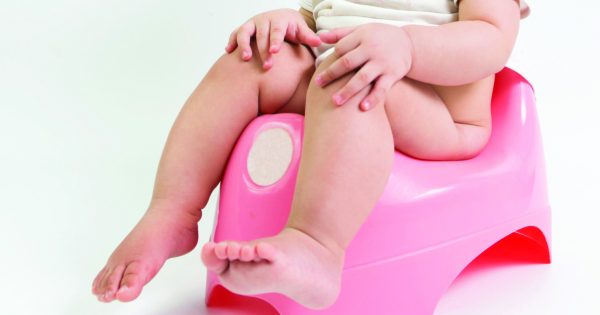
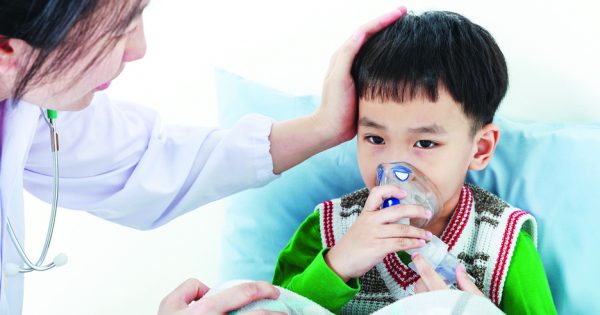
Comments